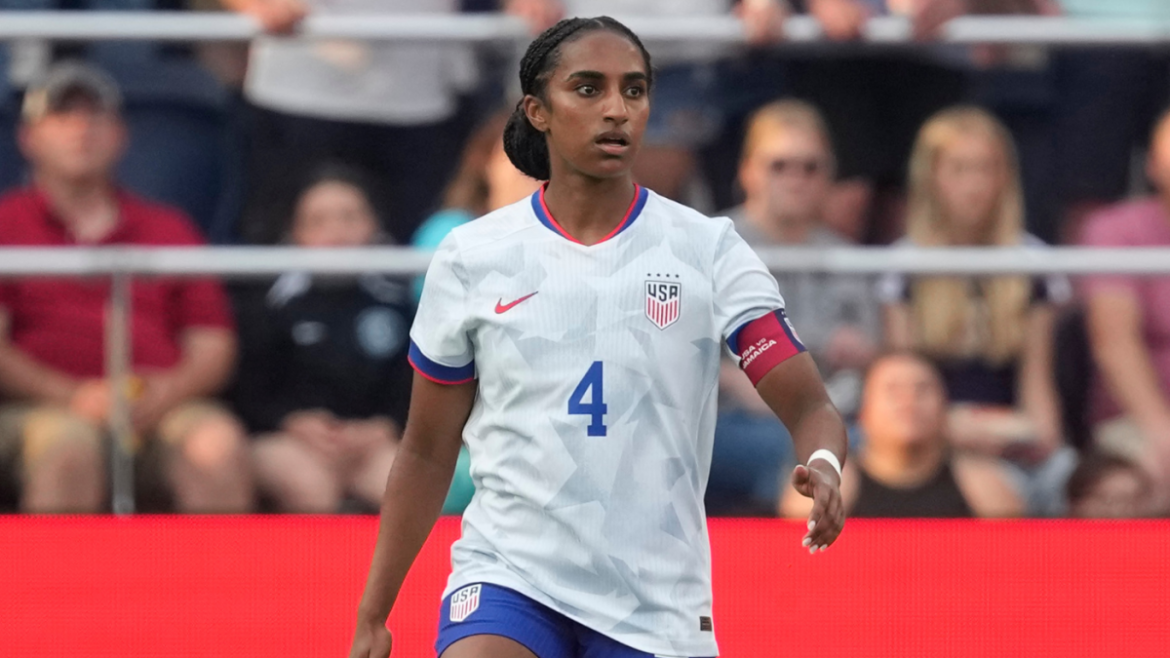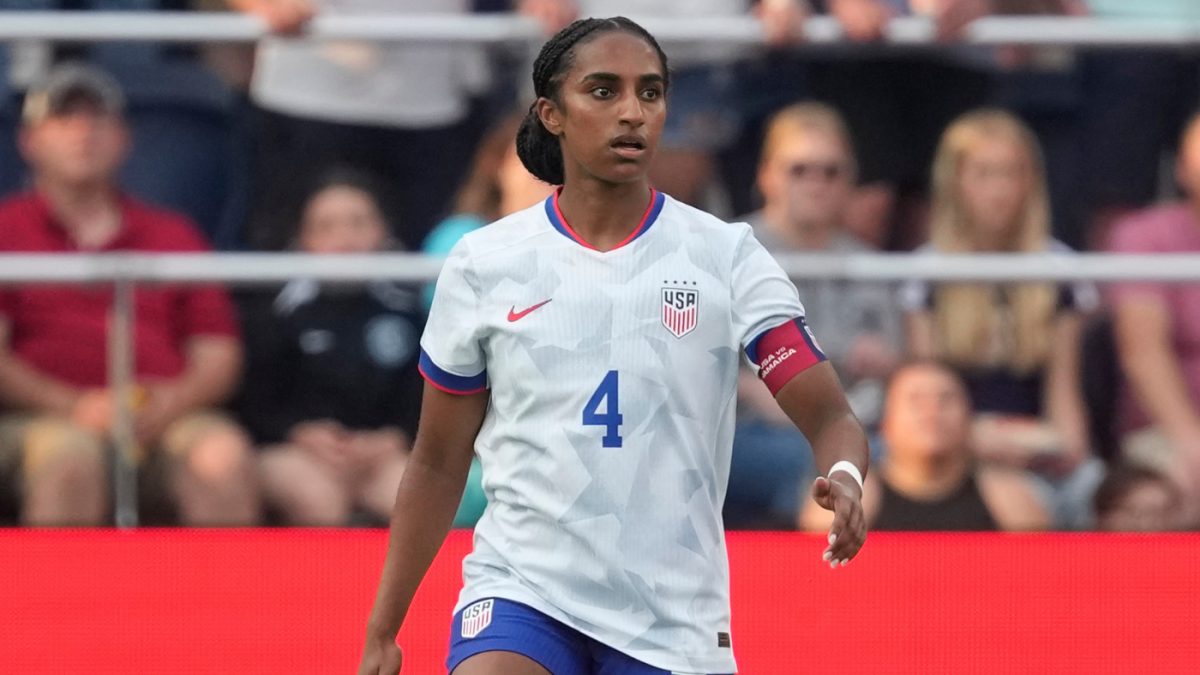A New Era Dawns: Emma Hayes and the Reshaping of the USWNT
The United States Women’s National Team (USWNT) is undergoing a significant transition under the leadership of new head coach Emma Hayes. While the team’s legacy of success remains firmly intact, Hayes is demonstrably charting a new course, one that prioritizes a strategic blend of experienced veterans and emerging talent, with a notable emphasis on players currently competing in the National Women’s Soccer League (NWSL). This shift is evident in the rosters Hayes has assembled since taking the helm, and is marked by a deliberate approach to player management and development.
Prioritizing the NWSL Pipeline
A defining characteristic of Hayes’ tenure thus far has been a clear leaning towards NWSL-based players. Multiple roster announcements reveal a conscious decision to build around the league’s talent pool. This isn’t merely a matter of convenience; Hayes has explicitly stated her belief in the NWSL as a “key development resource” for the USWNT. This strategy is particularly apparent in the granting of opportunities to players with fewer than 20 caps, indicating a long-term vision focused on cultivating a deeper and more competitive squad.
The recent trend of providing a “break” to European-based stars after their club seasons underscores this prioritization. Hayes recognizes the physical and mental toll placed on players competing at the highest level year-round and is proactively addressing potential burnout. This approach allows NWSL players to gain valuable international experience and stake their claim for future roster spots, while simultaneously ensuring the longevity of key players based abroad.
Naomi Girma: The Exception That Proves the Rule
While the emphasis on NWSL players is undeniable, there is one consistent exception: Naomi Girma. The Chelsea defender is consistently included in Hayes’ squads, even as other European-based players are granted rest. Hayes herself has emphasized Girma’s “importance to this team,” acknowledging her as a foundational player.
Girma’s inclusion is likely due to a combination of factors. Her recent return from injury, after a successful stint with Chelsea – including winning the FA Cup Final and the treble – makes her a valuable asset. Her consistent performance and leadership qualities are highly valued, and her presence provides stability to the defensive line. The fact that she recently battled a calf injury likely contributes to Hayes’ desire to reintegrate her gradually and maintain her match fitness within the national team environment.
Integrating New Faces and Returning Players
Hayes isn’t simply relying on established stars. Her rosters consistently feature a mix of familiar faces and newcomers. Six players on recent 25-player rosters have not yet appeared in a game for the senior national team, demonstrating Hayes’ commitment to identifying and integrating fresh talent.
The return of players like Rose Lavelle and Croix Bethune from injury has also been a key focus. Hayes has adopted a “patient approach” to reintegrating these players, recognizing the need to ease them back into the team dynamic and build their fitness levels. This careful management reflects a broader strategy of prioritizing player well-being and long-term development. Lo’eau LaBonta’s first-ever USWNT call-up is another example of Hayes recognizing and rewarding strong club form.
Early Results and Tactical Considerations
While Hayes’ tenure is still in its early stages, initial results offer a glimpse into her tactical approach. The USWNT’s recent match against Japan, though a loss, was viewed positively, with observers noting a “good fight” and a promising “direction of youth movement.” Hayes’ strategic integration of young midfielders demonstrates her willingness to experiment and adapt.
The team’s victory over China PR showcased Hayes’ ability to implement a clear game plan and achieve positive results. Her focus on building a cohesive unit and fostering a strong team culture is evident in her praise for the “great group of senior players” who are setting the standard for newcomers.
Looking Ahead: The Road to 2027 and Beyond
Hayes’ long-term vision for the USWNT appears to be centered on building a sustainable system that can consistently compete at the highest level. Her emphasis on the NWSL, coupled with her willingness to embrace new talent and carefully manage veteran players, suggests a strategic approach to squad building.
The upcoming friendlies against Ireland and Canada, as well as matches against Iceland and Argentina, will provide valuable opportunities to further refine her tactics and assess the depth of the player pool. The 2027 Women’s World Cup in Brazil looms large on the horizon, and Hayes is clearly laying the groundwork for a successful campaign.
A Foundation for Future Success
Emma Hayes’ early actions as USWNT head coach signal a departure from the past, not in terms of ambition, but in terms of methodology. By prioritizing the NWSL, carefully managing player workloads, and embracing both established stars and emerging talent, she is building a foundation for sustained success. The consistent inclusion of Naomi Girma underscores the importance of proven quality, while the opportunities afforded to new players demonstrate a commitment to the future. Hayes isn’t simply inheriting a legacy; she is actively shaping one, and the USWNT appears to be entering a new era of strategic development and competitive excellence.





